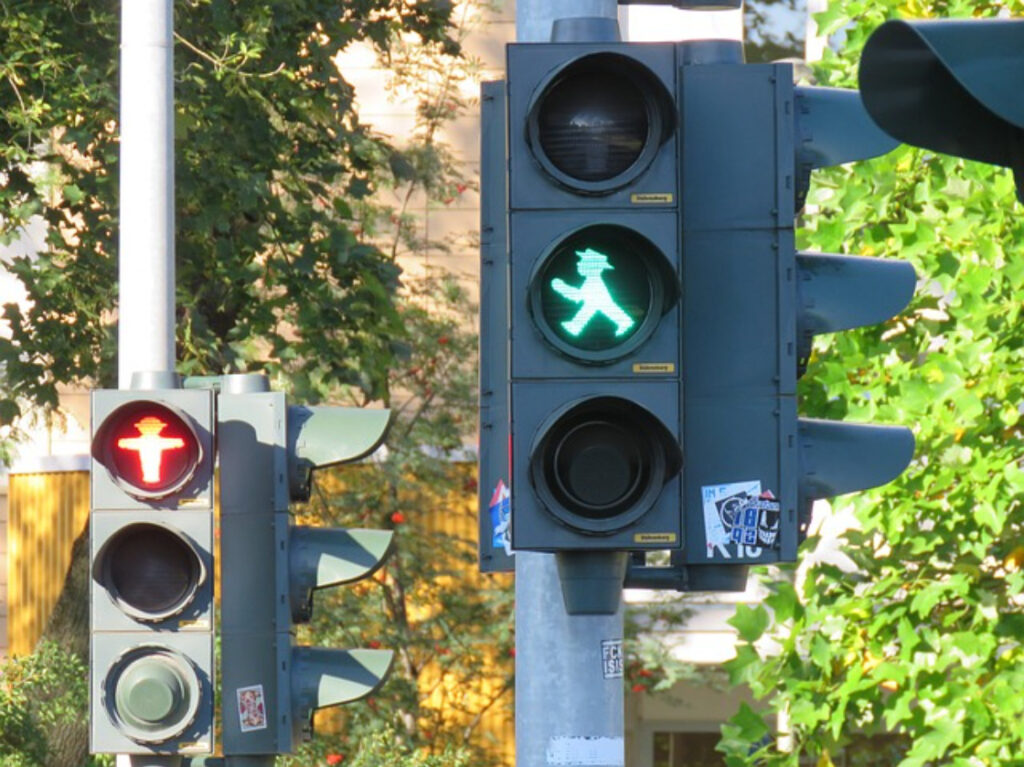Aim to achieve in the cities of Sinaloa a sustainable mobility is a task that requires the participation of the entire citizenry and can be achieved if priority is given to the pedestrianto the cyclist and in third place to public transportationon the private vehicle, he said Juan Carlos Rojo Carrascal.
The researcher of the School of Architecture of the Autonomous University of Sinaloa noted that there is a model of urban mobility where the pedestrian is given priority over all other means of transportation, since all trips made on foot are beneficial for the city.
This is why the city must orient its infrastructure and certain factors to pedestrian use, as well as promoting and ensuring its safety, he said.
In this model, the second most important means of transportation is the bicycle, since it represents a long-distance means of transportation that also benefits the health of its users; and then public transportation, due to its way of transporting large numbers of citizens in fewer vehicles.
Rojo Carrascal said that this urban mobility model represents economic benefits in terms of fuel savings; public health, because it encourages exercise by walking to different points; and environmental benefits by reducing pollution.
"These are health issues for citizens, non-pollution for the city and also to reduce accident rates, noise, congestion and many other factors that generate the excessive use of automobiles," he said.
"To that extent the infrastructure of a city has to be oriented to give advantage to these alternatives that prioritize the pyramid, speaking of bicycle and pedestrian."
The UAS professor emphasized that the success of this model depends not only on adapting the urban infrastructure, but also on the participation of citizens, who ultimately decide the type of mobility model they use.
"We can contribute if we walk, if we use bicycles, if we do our shopping nearby, for example, sometimes we are determined to buy at the store or supermarket that is on the other side of the city, when we have more and more things around us. The more people there are walking and using bicycles, the more motorists will get used to it, and it will slow them down a little, we have to reduce speeds", he indicated.
Rojo Carrascal stressed that by opting for sustainable means, one can even contribute to the local economy and create a culture of respect for pedestrians and cyclists.
Source: UAS


